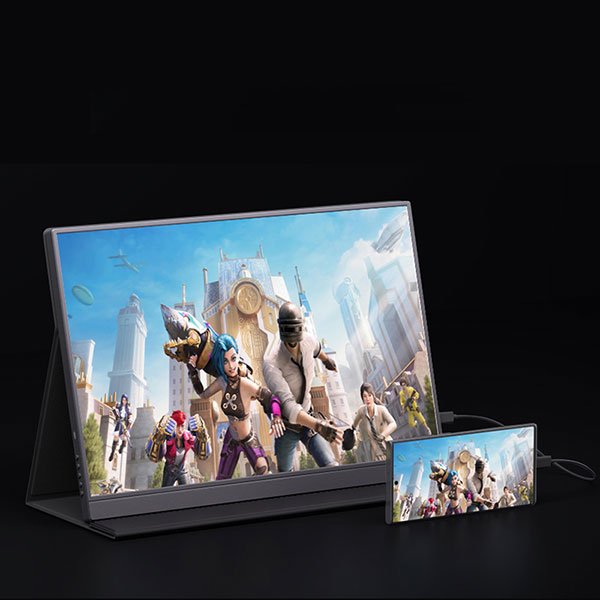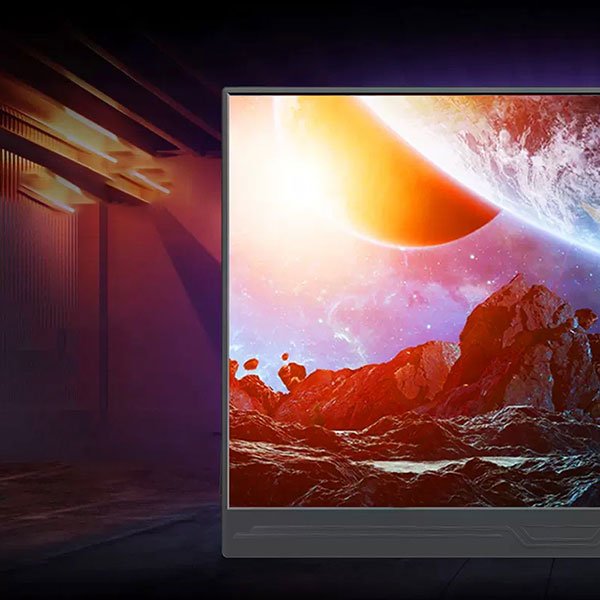up to 10% OFF!
How to Choose a Portable Monitor (07) – Screen Brightness
If you are looking for a portable monitor, one of the factors you need to consider is the screen brightness. Brightness refers to how much light the monitor emits, measured in nits or candelas per square meter (cd/m2). The higher the brightness, the more visible the display is in different lighting conditions.

Why is screen brightness important?
Screen brightness is important because it affects the readability, comfort, and battery life of your portable monitor. Here are some reasons why you should pay attention to brightness when choosing a portable monitor:
- Readability: A brighter screen can make the text and images on the monitor easier to see, especially in bright or outdoor environments. A dim screen can cause eye strain and fatigue, as you have to squint or adjust the viewing angle to see the content clearly.
- Comfort: A screen that is too bright or too dim can also affect your comfort level, as it can cause glare, reflections, or headaches. A screen that is well-balanced and matches the ambient light can provide a more pleasant and natural viewing experience.
- Battery life: A screen that is brighter consumes more power than a screen that is dimmer, which means it can drain the battery of your portable monitor faster. A screen that has an adaptive brightness feature can automatically adjust the brightness according to the lighting conditions, which can help save battery life.

How to choose the right screen brightness for your portable monitor?
There is no one-size-fits-all answer to what is the ideal brightness for your portable monitor, as it depends on your personal preference, usage scenario, and environmental factors. However, here are some general tips to help you choose the right brightness for your portable monitor:
- Check the specifications: The first thing you should do is check the specifications of the portable monitor you are interested in, and look for the brightness value. A typical brightness range for portable monitors is between 200 and 400 nits, but some models can go higher or lower. A higher brightness value means the monitor can produce more light, which can be useful for outdoor or bright environments. A lower brightness value means the monitor can produce less light, which can be suitable for indoor or dark environments.
- Compare the models: The next thing you should do is compare the brightness of different portable monitor models, and see how they perform in various lighting conditions.
- Adjust the settings: The last thing you should do is adjust the brightness settings of your portable monitor, and find the level that works best for you. You can do this by using the physical buttons or the on-screen menu of the monitor, or by using the software or app that comes with the monitor. You can also enable the adaptive brightness feature if your monitor supports it, and let it automatically adjust the brightness based on the ambient light.

Conclusion
Screen brightness is an important factor to consider when choosing a portable monitor, as it affects the readability, comfort, and battery life of your device. You should check the specifications, compare the models, and adjust the settings of your portable monitor, and find the screen brightness that suits your needs and preferences. A portable monitor with a good screen brightness can enhance your productivity, entertainment, and mobility.

